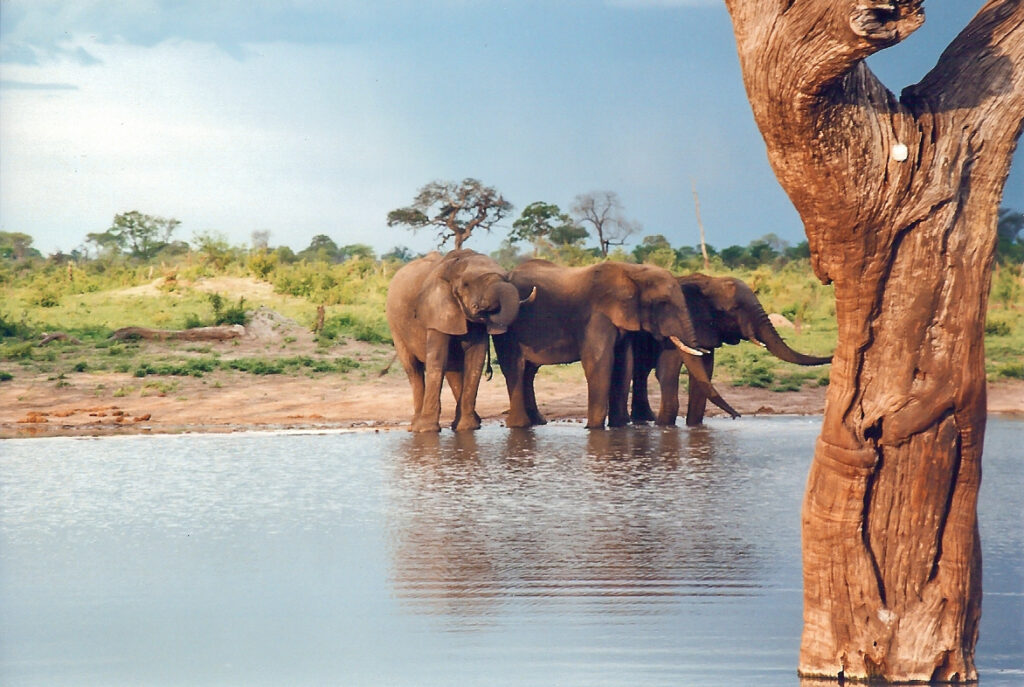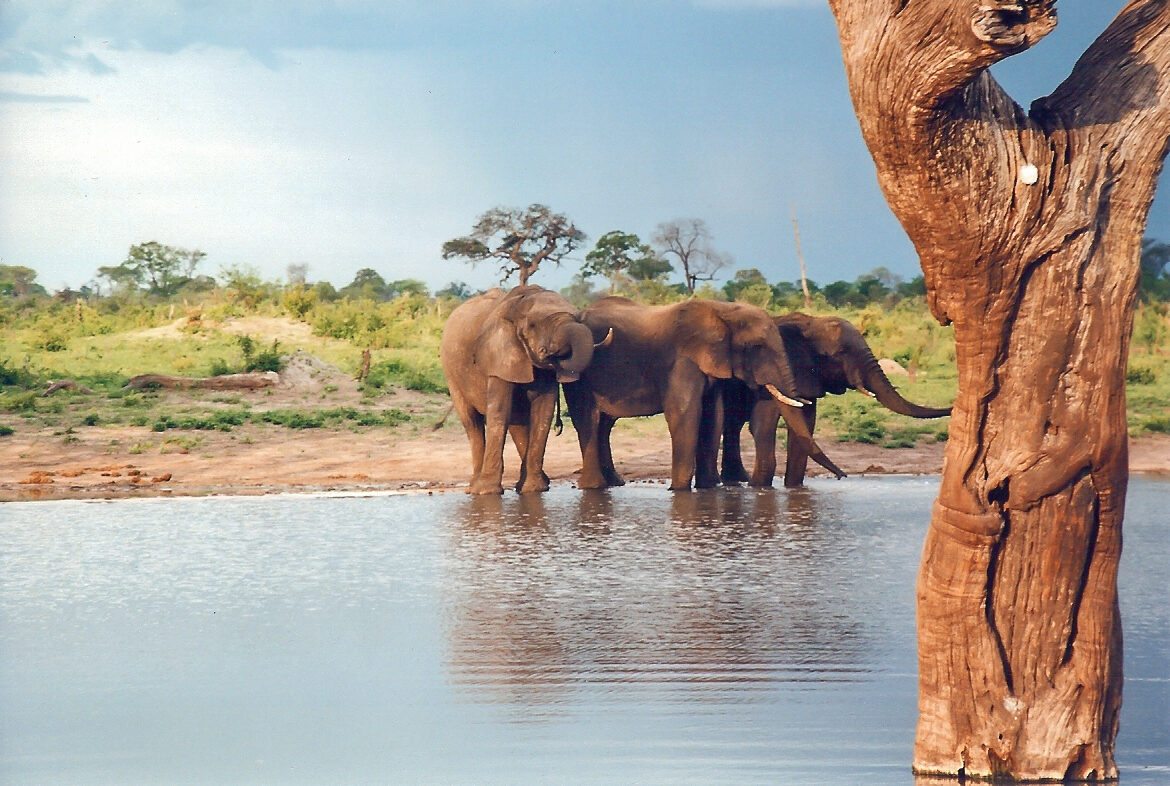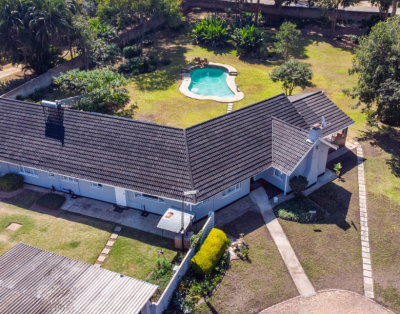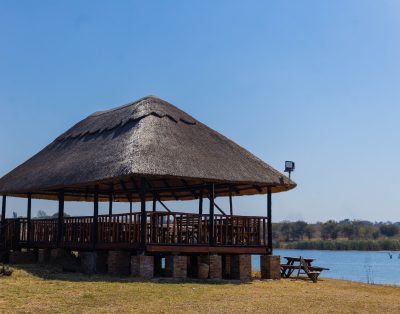Hwange National Park: Zimbabwe’s Wildlife Wonderland

Hwange National Park is a gem of Zimbabwe, a sanctuary for some of Africa’s most iconic wildlife and a paradise for nature enthusiasts. As Zimbabwe’s largest national park, spanning over 14,600 square kilometers, Hwange is home to diverse ecosystems, an incredible array of animal species, and a rich history. Whether you’re a seasoned safari-goer or a first-time visitor, Hwange promises unforgettable encounters with the wild.
A Haven for Wildlife
Hwange National Park boasts an extraordinary concentration of wildlife, making it a must-visit destination for any safari enthusiast. The park is especially renowned for its elephant population, one of the largest in Africa, with an estimated 45,000 elephants roaming its plains. In addition to elephants, Hwange is home to the Big Five — lion, leopard, rhinoceros, buffalo, and elephant — as well as cheetahs, giraffes, zebras, and over 100 other mammal species.
Birdwatchers will also be thrilled by the park’s avian diversity, with over 400 recorded bird species. From the majestic martial eagle to the colorful lilac-breasted roller, Hwange offers plenty of opportunities for birdwatching and photography.
Exploring Hwange: Activities and Experiences
1. Game Drives
Game drives are the most popular way to explore Hwange National Park. Guided by experienced rangers, these drives take you deep into the park’s varied landscapes, including open savannahs, woodlands, and waterholes. Early morning and late afternoon drives are ideal for spotting wildlife, as animals are most active during these times.
2. Walking Safaris
For a more intimate experience with nature, consider a walking safari. Led by armed guides, these safaris allow you to explore the park on foot, offering a unique perspective on the flora and fauna. Walking safaris are an excellent way to learn about the smaller creatures, plants, and tracks that are often overlooked on game drives.
3. Night Safaris
Hwange is one of the few parks in Zimbabwe that offers night safaris, giving visitors the chance to encounter nocturnal animals such as porcupines, civets, and bush babies. The experience of driving under a star-lit African sky while listening to the sounds of the wild is truly magical.
4. Birdwatching
Hwange’s diverse habitats make it a haven for birdlife. Bring your binoculars and camera to capture sightings of raptors, waterfowl, and migratory birds. The park’s waterholes are particularly good spots for birdwatching.
5. Visiting the Painted Dog Conservation Centre
Hwange is one of the last strongholds for the endangered African painted dog (also known as the African wild dog). The Painted Dog Conservation Centre near the park’s entrance offers visitors the chance to learn about these fascinating animals and the efforts being made to protect them.
The Role of Waterholes
Hwange’s waterholes are the lifeblood of the park, especially during the dry season when natural water sources are scarce. The park’s network of pumped waterholes ensures that animals have access to water year-round. These waterholes are prime spots for wildlife viewing, as animals gather to drink, bathe, and interact. Watching elephants playfully splash in the water or observing a pride of lions lounging nearby is a highlight for many visitors.
Accommodation Options
Hwange National Park offers a range of accommodation options to suit every budget and preference. From luxurious safari lodges to rustic campsites, there’s something for everyone:
- Luxury Lodges: These lodges provide all the comforts of home and more, with amenities such as private decks, swimming pools, and gourmet dining. Many lodges are located near waterholes, allowing guests to enjoy wildlife viewing right from their rooms.
- Tented Camps: For a more immersive experience, consider staying in a tented camp. These camps offer a blend of comfort and adventure, with en-suite bathrooms and close proximity to nature.
- Camping: For budget travelers and adventure seekers, camping inside or near the park is a great option. Public campsites and exclusive campsites are available, with facilities ranging from basic to fully equipped.
Best Time to Visit
The best time to visit Hwange National Park depends on your interests:
- Dry Season (May to October): This is the prime time for wildlife viewing, as animals congregate around waterholes. The vegetation is also less dense, making it easier to spot animals.
- Wet Season (November to April): While wildlife can be more challenging to spot due to the lush vegetation, the wet season is ideal for birdwatching and seeing newborn animals. The park’s landscapes are transformed into a vibrant green paradise.
Conservation and Challenges
Hwange National Park plays a crucial role in wildlife conservation in Zimbabwe. However, the park faces challenges such as poaching, human-wildlife conflict, and climate change. Organizations like the Painted Dog Conservation Centre and local communities work tirelessly to address these issues and protect the park’s incredible biodiversity.
Visitors can contribute to conservation efforts by supporting eco-friendly lodges, following park rules, and spreading awareness about Hwange’s importance.
Practical Tips for Travelers
- Entry Fees: Make sure to check the latest park entry fees and payment methods before your visit.
- Clothing: Pack neutral-colored clothing, a hat, sunscreen, and comfortable shoes for game drives and walking safaris.
- Gear: Bring binoculars, a camera with a zoom lens, and a field guide for birds and mammals.
- Health: Consult your doctor about vaccinations and malaria prevention before traveling.
Hwange National Park is a testament to the beauty and resilience of Zimbabwe’s wilderness. With its diverse wildlife, stunning landscapes, and rich experiences, the park offers something for every traveler. Whether you’re watching elephants at a waterhole, tracking lions on a game drive, or marveling at the efforts to conserve painted dogs, Hwange will leave you with memories to last a lifetime. Plan your visit to this incredible destination and discover why it’s considered one of Africa’s finest safari experiences.





